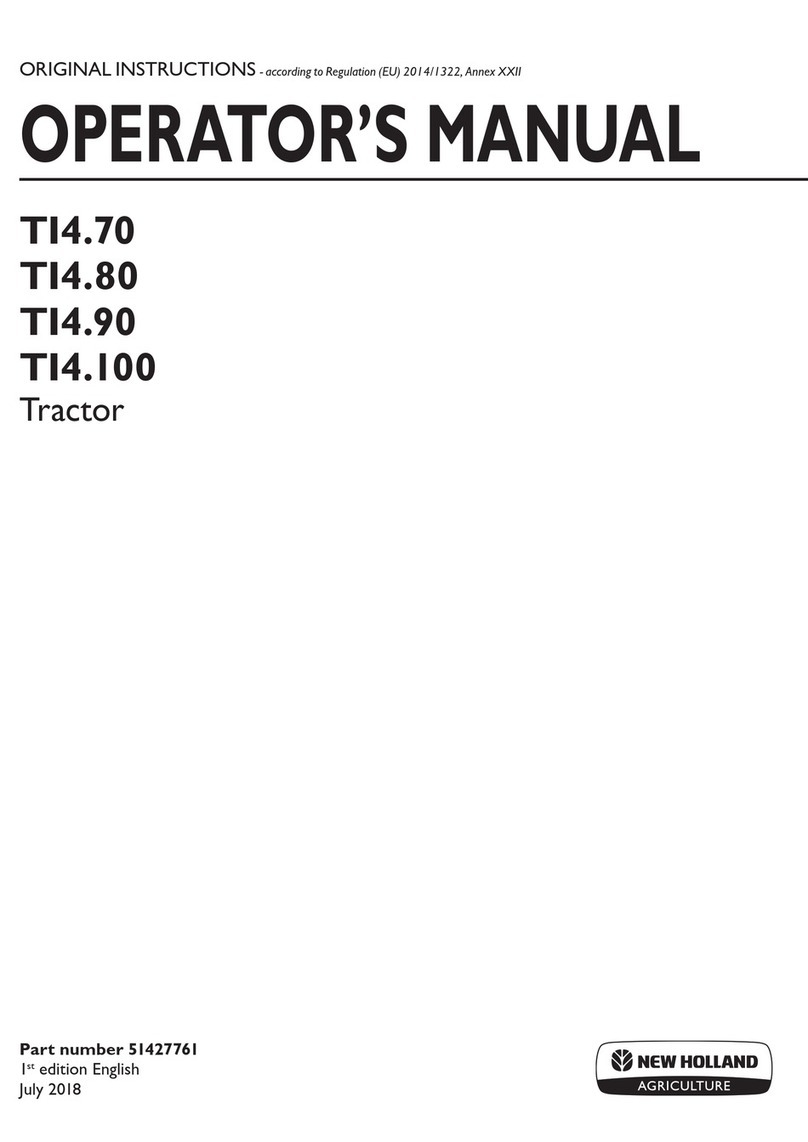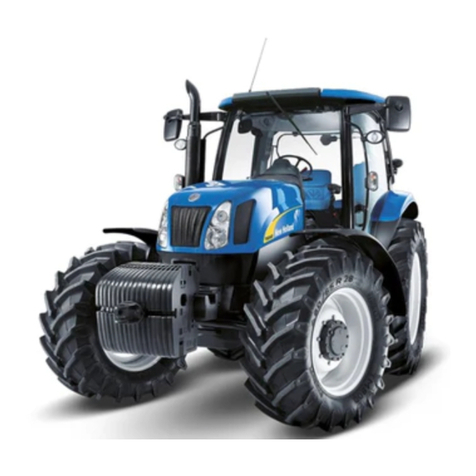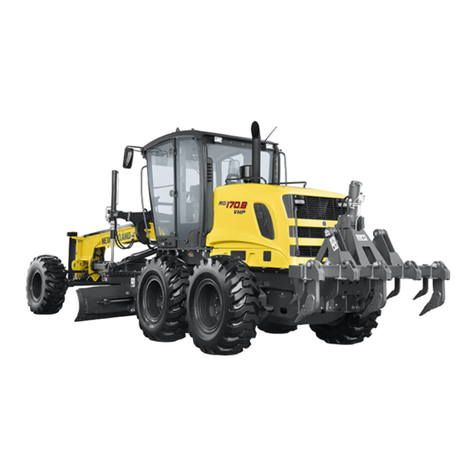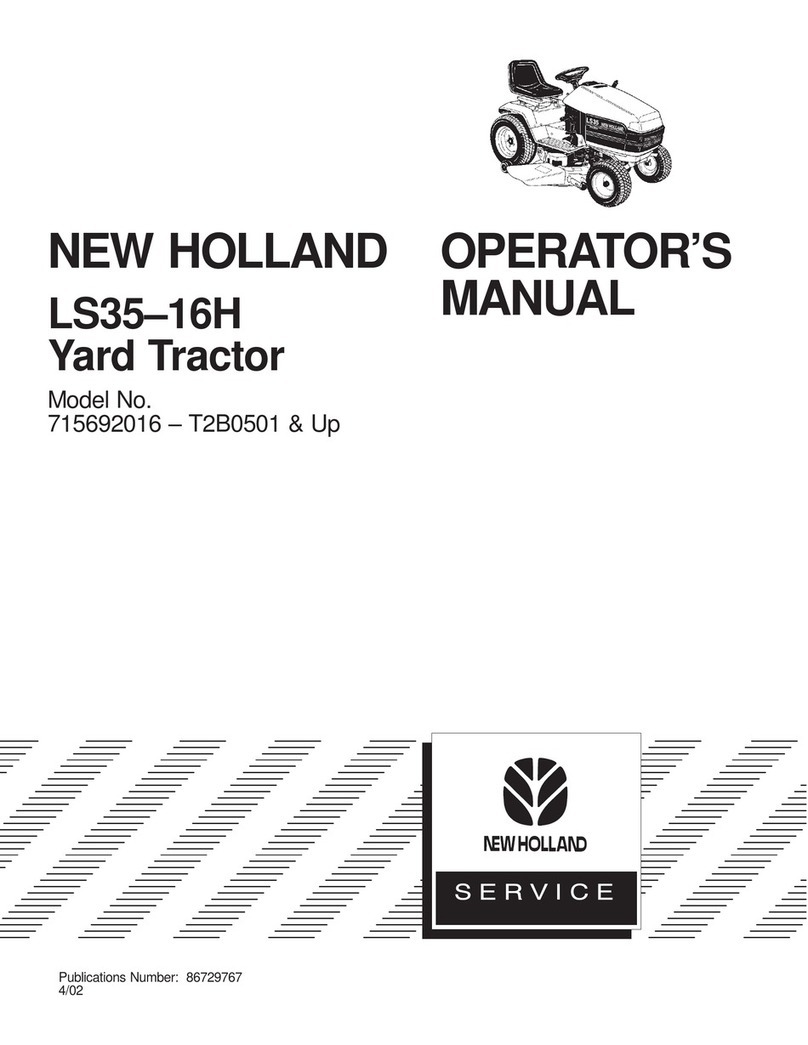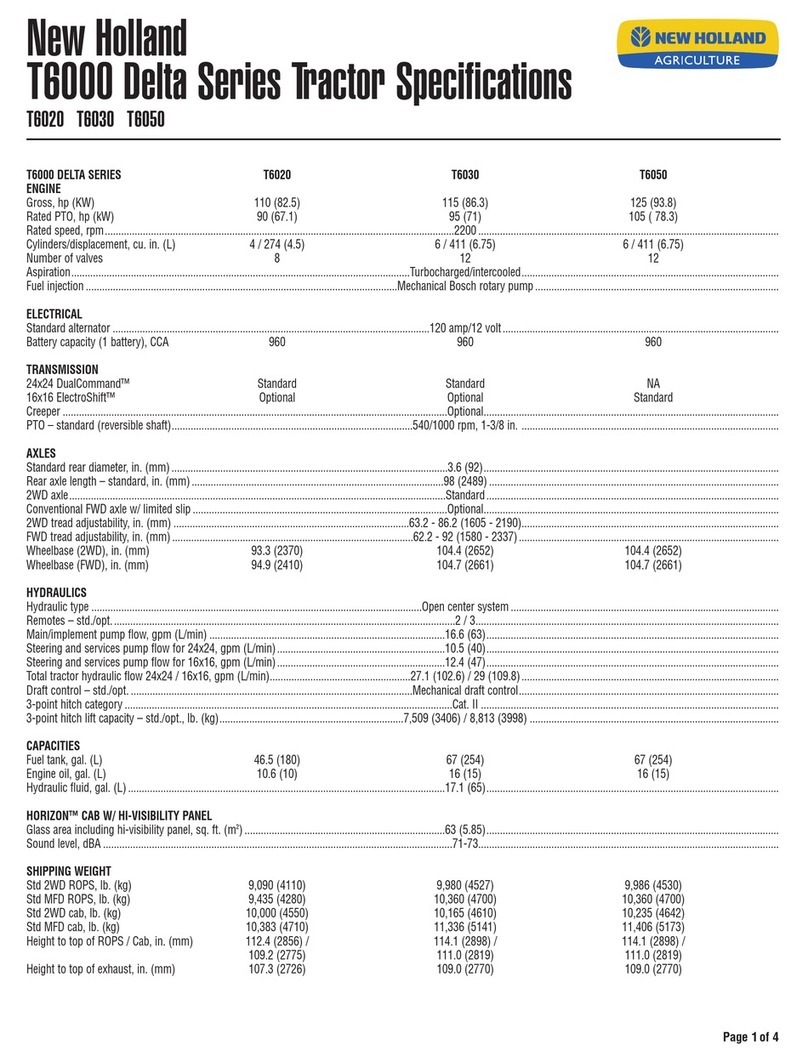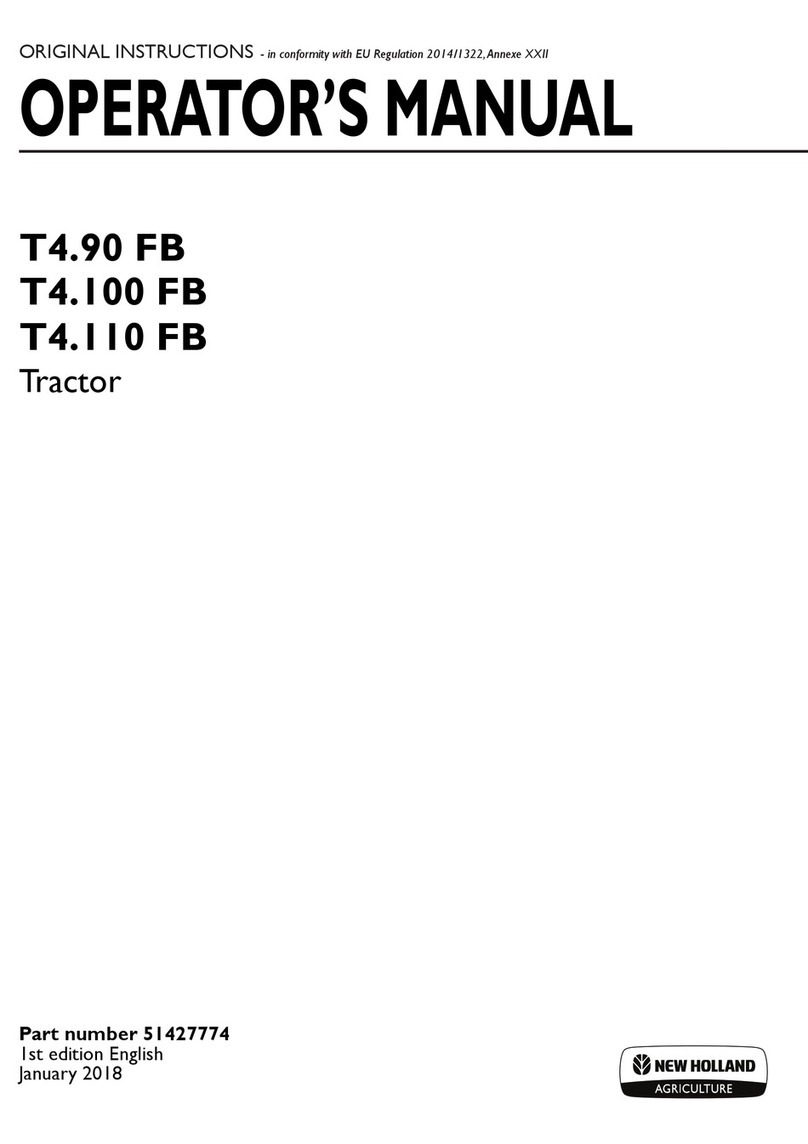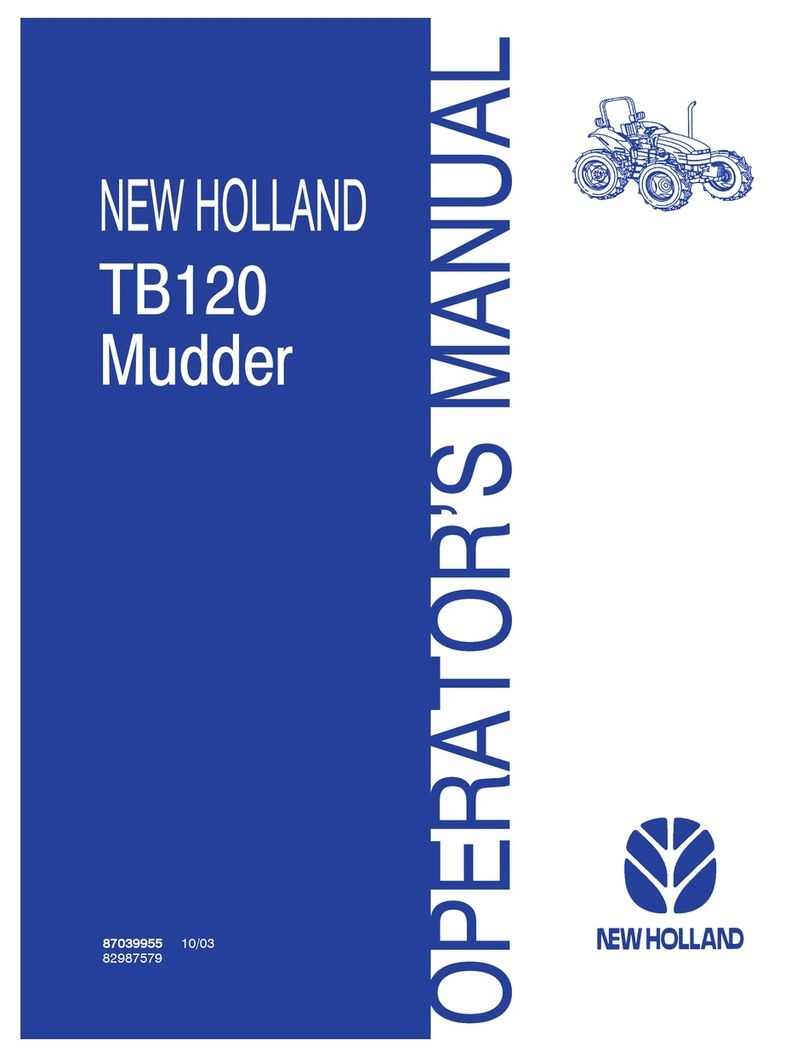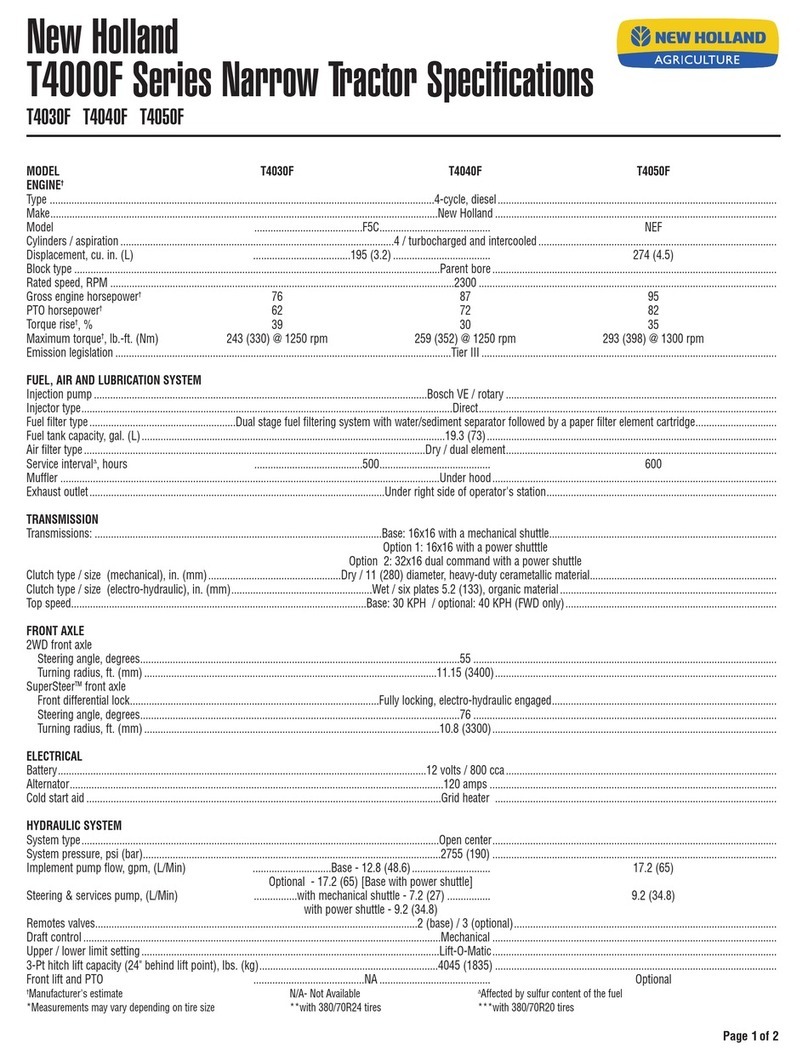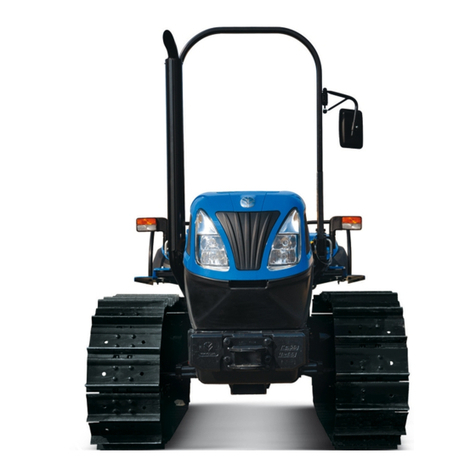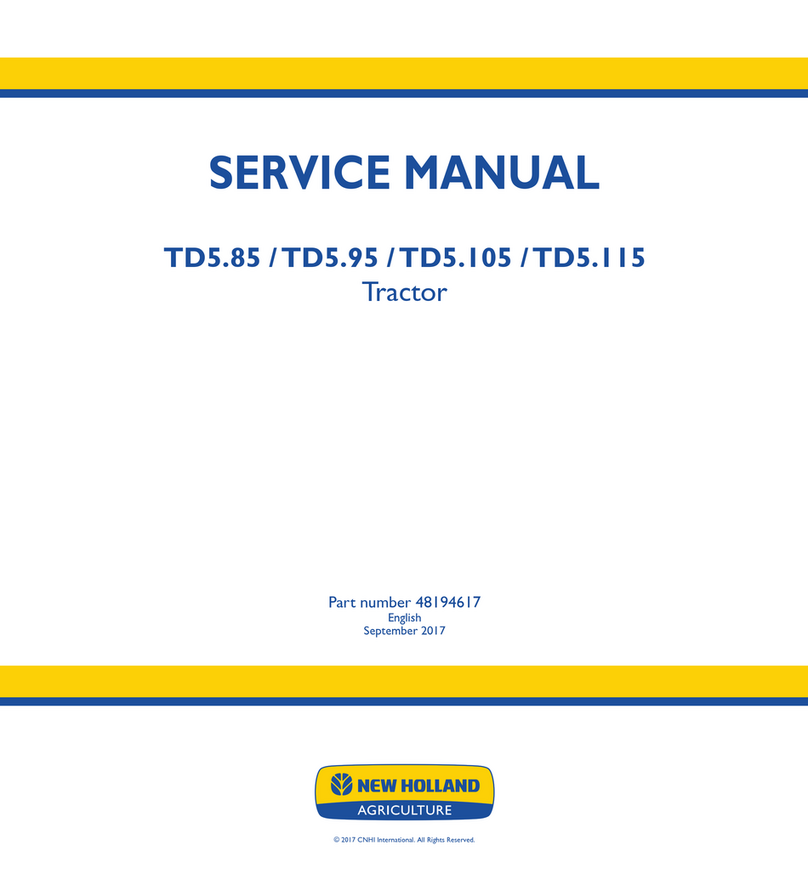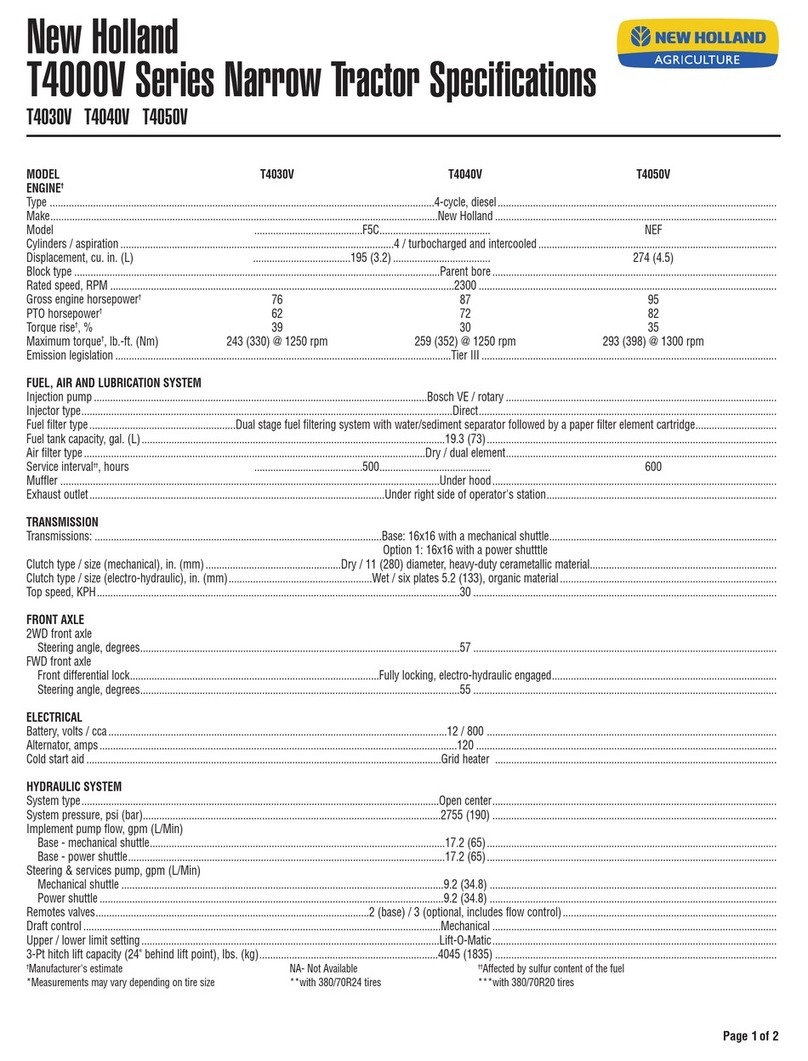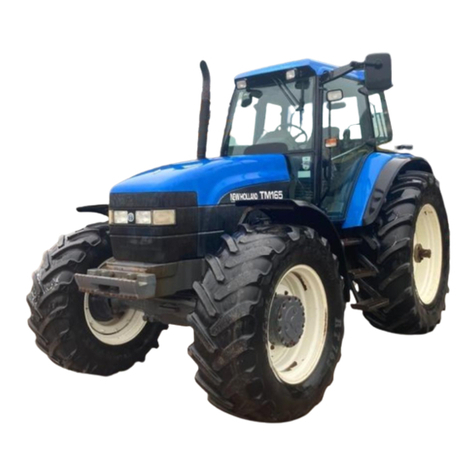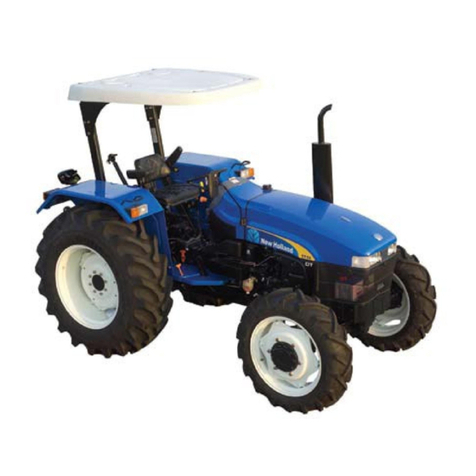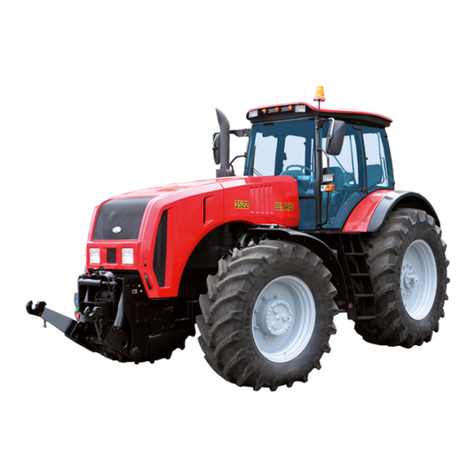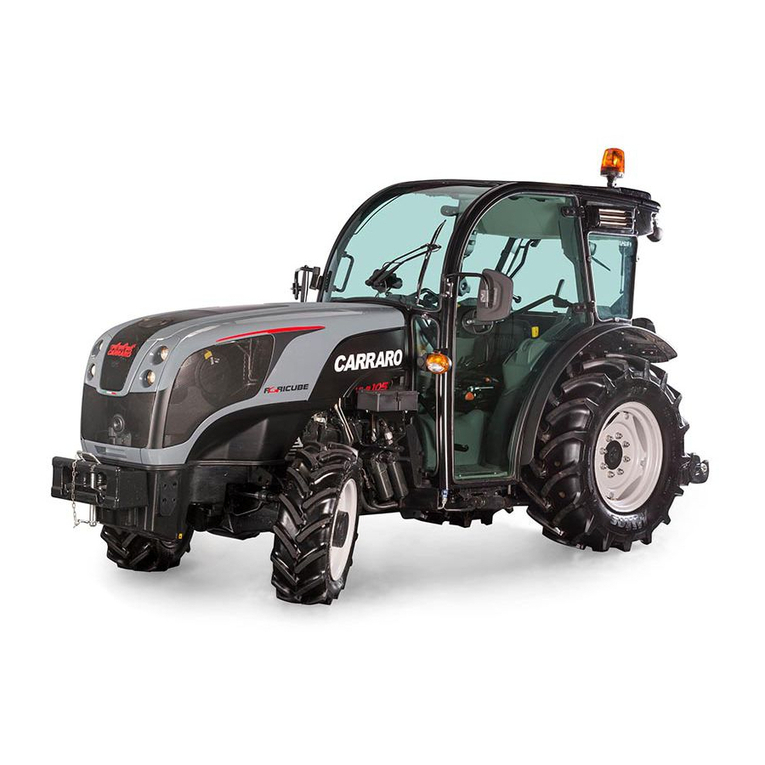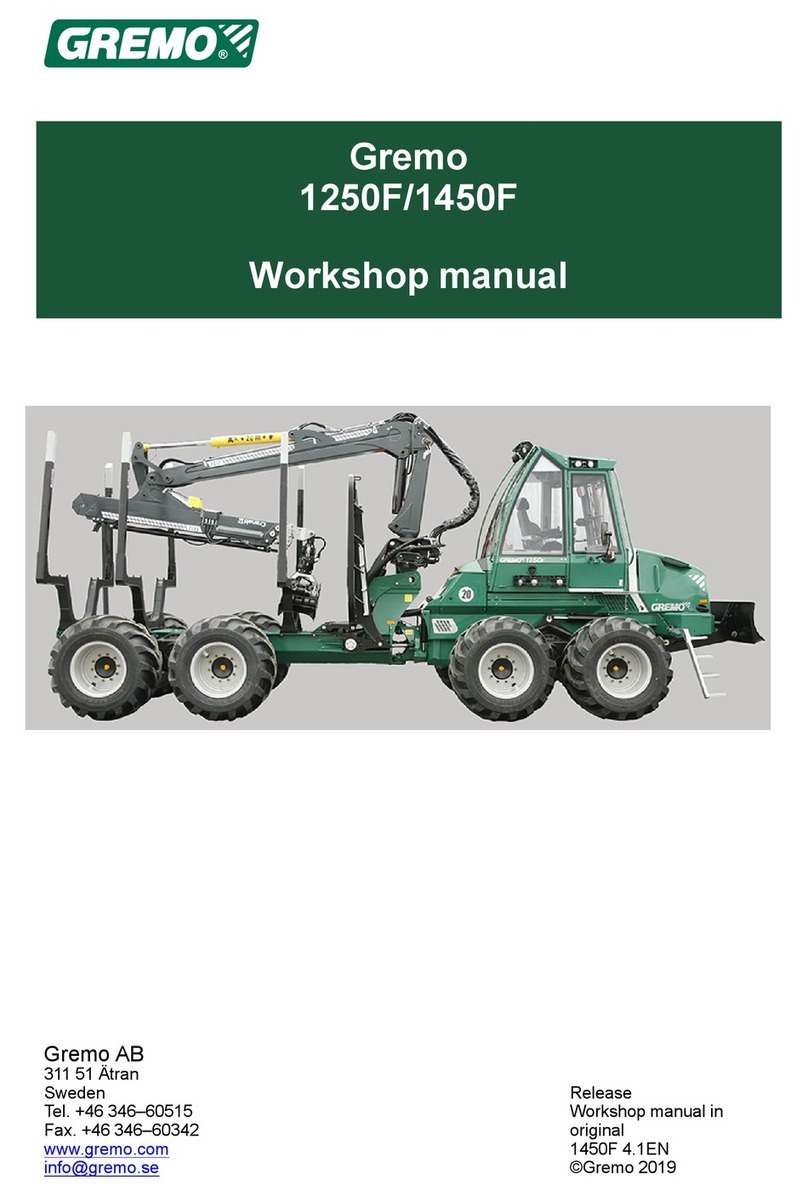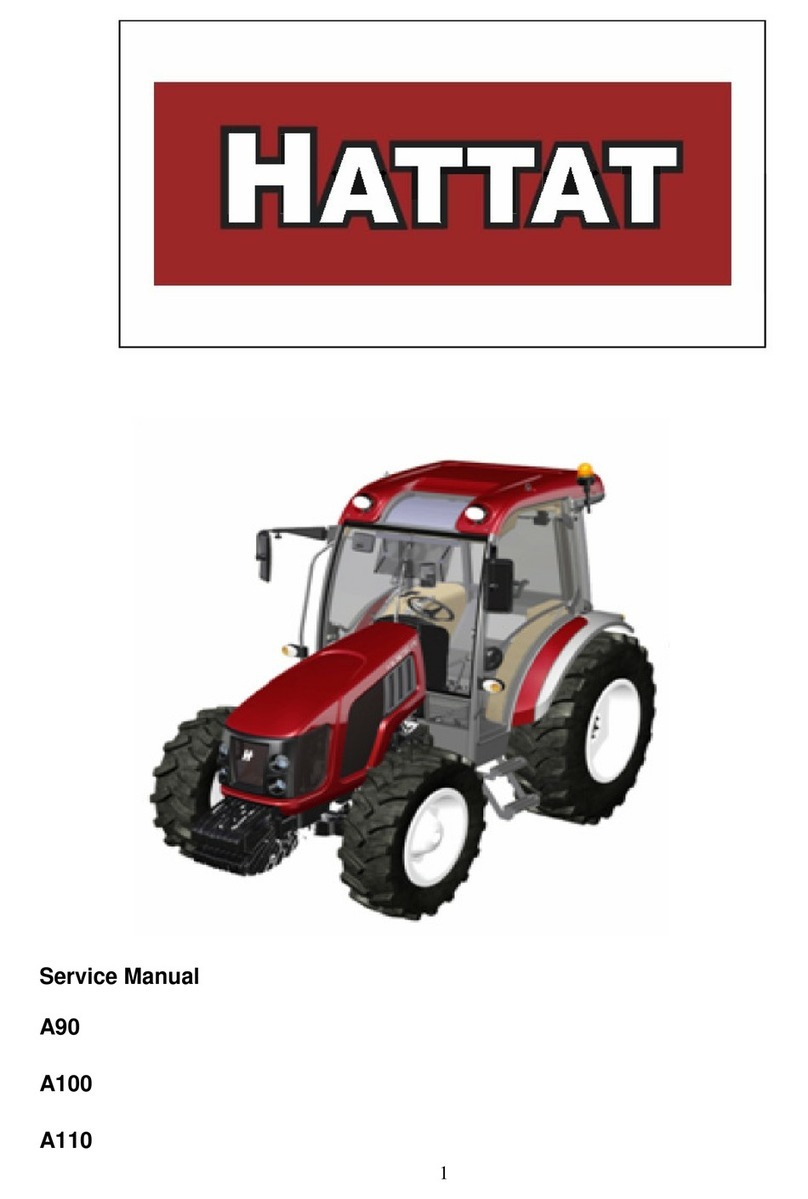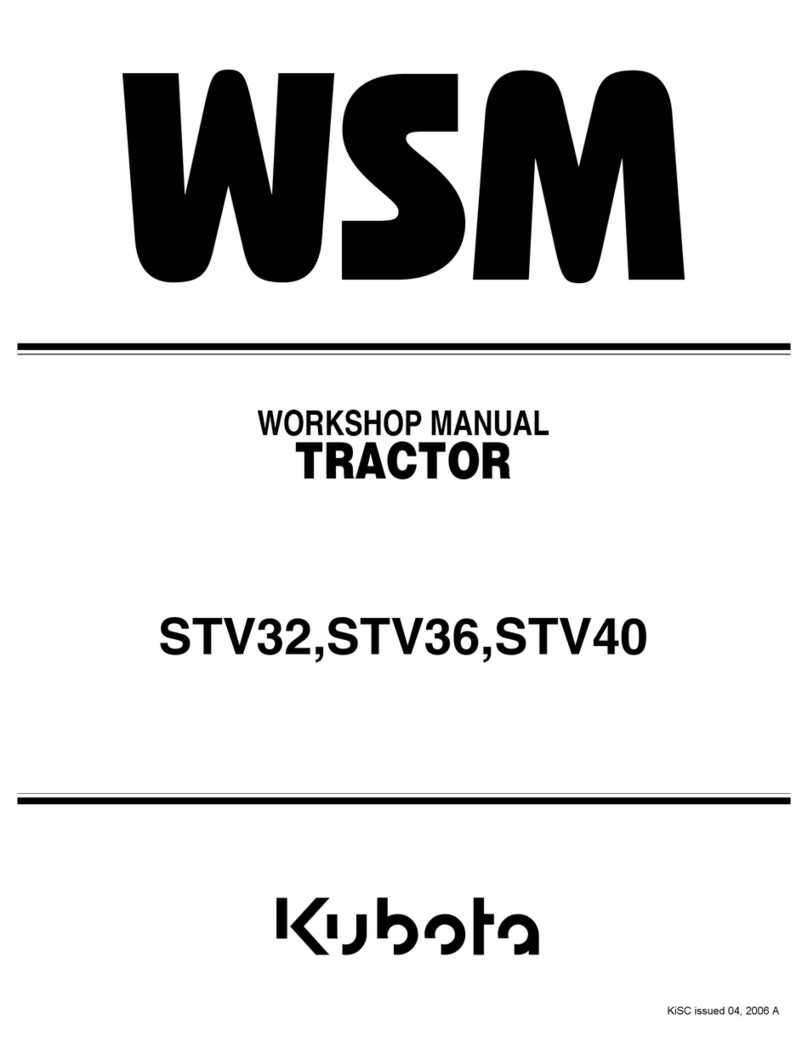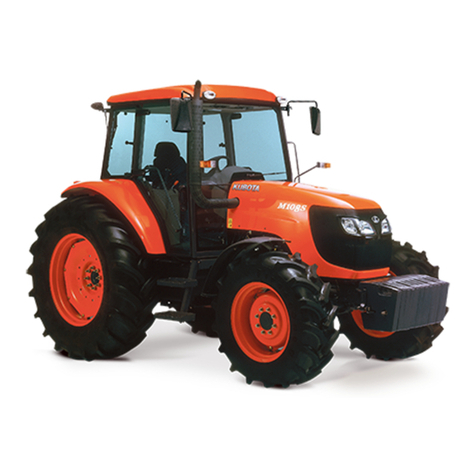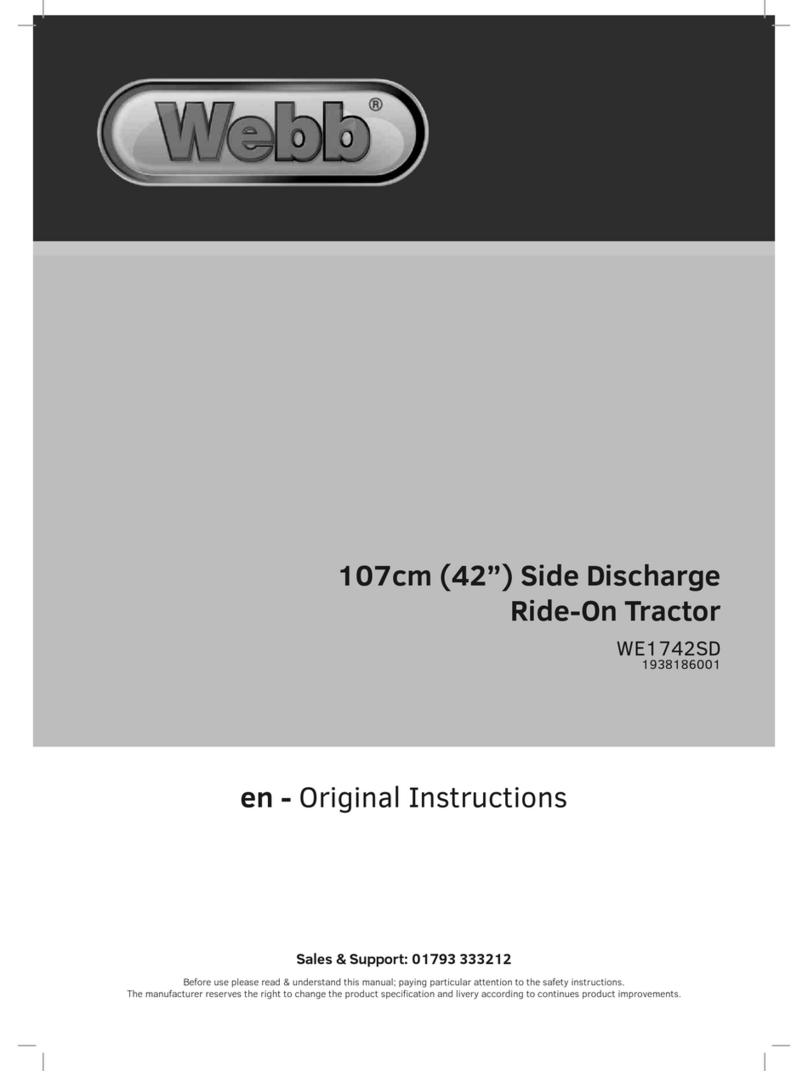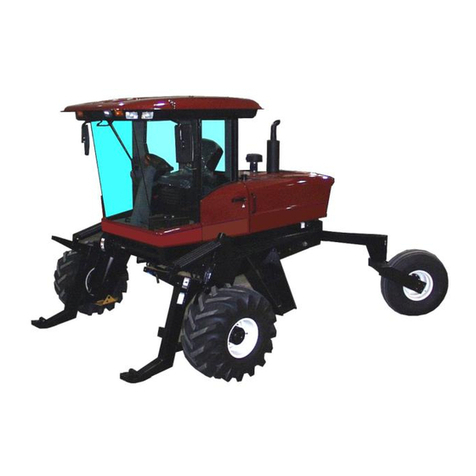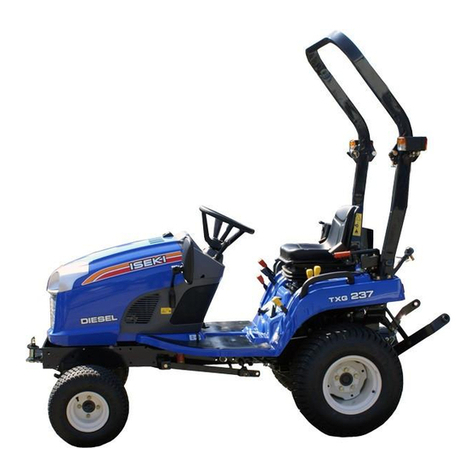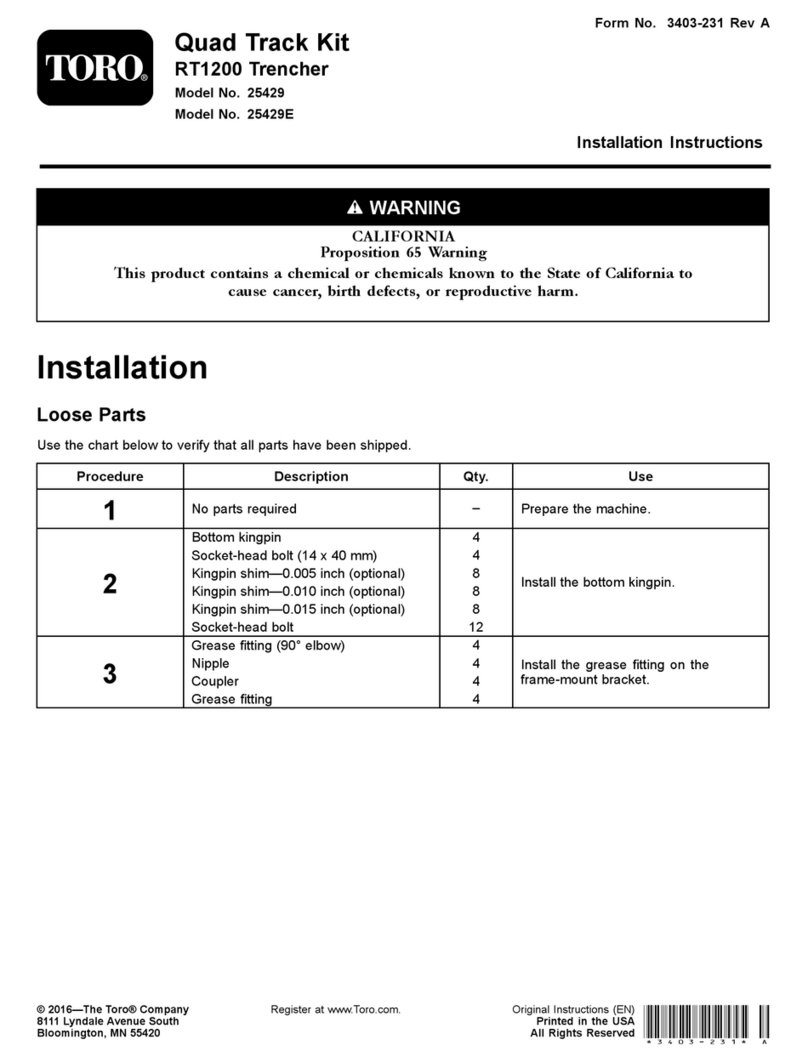
4INDEX
84150905B1 -- 02 -- 2012
Page Date
18 -- CLUTCH
Specifications........... 1--2 10--08
tightening torques ....... 2 10--08
Tools .................. 2--3 10--08
Sections ............... 3--4 10--08
Troubleshooting ......... 5 10--08
Removal--Installation --
clutch.................. 6--7--8--9 10--08
Clutch Overhaul ......... 10--11--12--
13 10--08
Checks and measure-
ments--clutch .......... 14--15 10--08
Adjustments-- clutchdisen-
gagement levers ........ 16--17 10--08
Adjustments -- clutch pedal 18 10--08
PTO clutch control adjust-
ments.................. 19 10--08
Sectional view of PTO
clutchservocontrol...... 20 10--08
Description and operation
ofPTOservocontrol..... 21--22 10--08
PTO servo control adjust-
ment................... 23 10--08
PTO engaged switch ad-
justment ............... 24 10--08
21 -- GEAR TRANSMISSION
CHAPTER 1 -- Transmission and range gear
(16x16)
Specifications........... 1--2 10--08
tightening torques ....... 2--3 10--08
Tools .................. 4--5--6--7 10--08
Sections ............... 8--9--10--11 10--08
Description and operation 12 10--08
Troubleshooting ......... 12--13 10--08
Removal--Installation --
rear transmission -- gear-
boxcasing ............. 14--15--16--
17--18--19 10--08
Disassembly--Assembly --
transmission--gearboxcas-
ing .................... 20--21--22--
23--24--25--
26--27 10--08
Page Date
Gearbox driving and driven
shaftsendfloatadjustment. 28 10--08
Sealingcompoundapplica-
tiondiagram ............ 29 10--08
Gearbox control lever.
Removal -- Installation . . . 30 10--08
Range gear control lever.
Removal -- Installation 31 10--08
Shuttle control lever.
Removal -- Installation . . . 32 10--08
CHAPTER 2 -- Mechanical transmission and
splitter
Specifications........... 1--2 10--08
tightening torques ....... 2 10--08
Tools .................. 2 10--08
Sections ............... 3--4--5--6 10--08
Description and operation 7 10--08
Troubleshooting ......... 8 10--08
Splitter device and creeper
unit casing, shafts and
bearings disassembly .... 9--10--11 10--08
CHAPTER 3 -- Power Shuttle transmission
with dual command (2 Speed Power Shift)
function
Specifications........... 1--2 10--08
tightening torques ....... 3 10--08
Tools .................. 4--5--6--7 10--08
Sections ............... 8--9--10--11
-- 12 J10--0
8
Clutchcontrolpressuretest 11 10--08
Description and operation 13 10--08
Troubleshooting ......... 13 10--08
Disassembly--Assembly --
transmission--gearboxcas-
ing .................... 14--15 10--08
Disassembly--Reassembly
-- Power Shuttle control
valve .................. 16--17--18 10--08
Disassembly--Assembly --
accumulator ............ 19 10--08
Gearbox spool valve sole-
noid valves. Removal -- In-
stallation ............... 20--21 10--08
Find manuals at https://best-manuals.com
